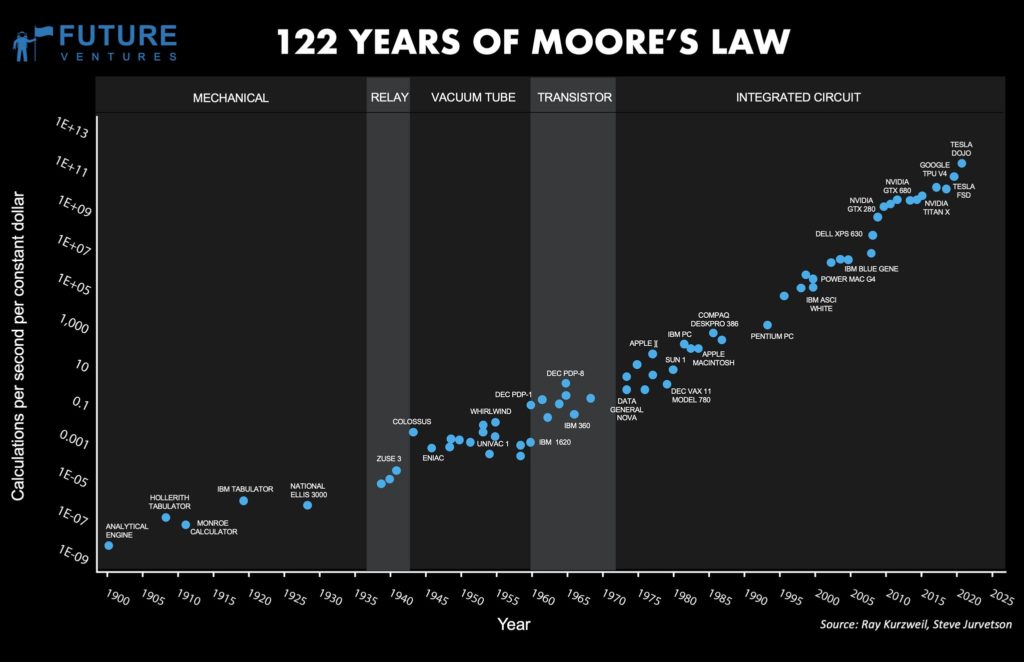Machine Learning (short: ML) increasingly defines the business world, because it offers a reliable prediction in many areas that have enough and high quality data. The goal of this chapter is to understand and be able to distinguish the most basic algorithms in the field of artificial intelligence. To do this, we need to know what artificial intelligence does exactly.
Tasks of Machine Learning
Machine learning makes it possible for computer systems to learn how to solve tasks without this solution being explicitly programmed. The models are fed with data and decide in many training steps how they can further improve their prediction to get as close as possible to reality.
The first of these systems already existed in the 1950s. As early as 1959, Arthur Lee Samuels published an article in the IBM Journal of Research and Development about a self-learning algorithm for the game of checkers.
Some of our Articles in the Field of Machine Learning
What is a Boltzmann Machine?
Unlocking the Power of Boltzmann Machines: From Theory to Applications in Deep Learning. Explore their role in AI.
What is the Gini Impurity?
Explore Gini impurity: A crucial metric shaping decision trees in machine learning.
What is the Hessian Matrix?
Explore the Hessian matrix: its math, applications in optimization & machine learning, and real-world significance.
What is Early Stopping?
Master the art of Early Stopping: Prevent overfitting, save resources, and optimize your machine learning models.
What is RMSprop?
Master RMSprop optimization for neural networks. Explore RMSprop, math, applications, and hyperparameters in deep learning.
What is the Conjugate Gradient?
Explore Conjugate Gradient: Algorithm Description, Variants, Applications and Limitations.
Why is Artificial Intelligence trending again?
Although Arthur Lee Samuels’ paper was published over 60 years ago, the topic of machine learning has really taken off in recent years. There are several reasons why development was largely paused for many years:
- The power of computer processors has increased significantly and we are now able to have more computer power in less space.

- Large amounts of data can now be stored and managed much more cheaply. In addition, new storage technologies have made it easier to analyze data sets.
- In the meantime, we use entire computer clusters for many applications, on which computationally intensive tasks are divided. This has additionally reduced the computation time of the models and large data analyses can be handled in a short time.
- As a result of the points already mentioned, the willingness to collect data has also increased sharply beyond companies. As a result, large amounts of social media data, weather data or medical data are available in addition to machine and company data.
- The latest developments are accessible to very many people via Python libraries, for example. In addition, you can access computationally powerful machines free of charge in Google Colab. As a result, a large community has formed worldwide that actively applies and further develops ML.
What does Machine Learning mean?
The term AI cannot be defined unambiguously. This is due to the fact that the term intelligence cannot be definitively defined either. In general, a distinction is made between so-called “Broad AI” and “Narrow AI”.
Broad AI is about models and algorithms that solve general problems, i.e. reading, calculating, writing, making predictions, etc.. Without wanting to anticipate the individual articles here: This is not yet possible today and also still in the distant future. Algorithms that are very well suited for all linguistic applications (translation, language understanding, etc.) cannot calculate and vice versa.
All the models we have at the moment are classified as Narrow AI. They are very well suited for a clearly defined problem and may even be better at it than a human. The classic example of this are various algorithms for board games, in which the machine has already beaten the human.
In addition, part of the current literature is now also concerned with ensuring that Machine Learning algorithms also develop a real understanding of what they are doing. Until now, many models have been trained to recognize and map statistical correlations. Now, however, the first algorithms are also being trained to develop an understanding of the data.
Conclusion
Nowadays, we encounter machine learning in almost every area of life, whether at work, while surfing the net privately, or via e-mails and other messages that are perfectly tailored to our tastes. Therefore, it is quite helpful to develop a basic understanding of the individual models and algorithms. This can help you understand the limits of artificial intelligence or even discover possibilities for your own company.





